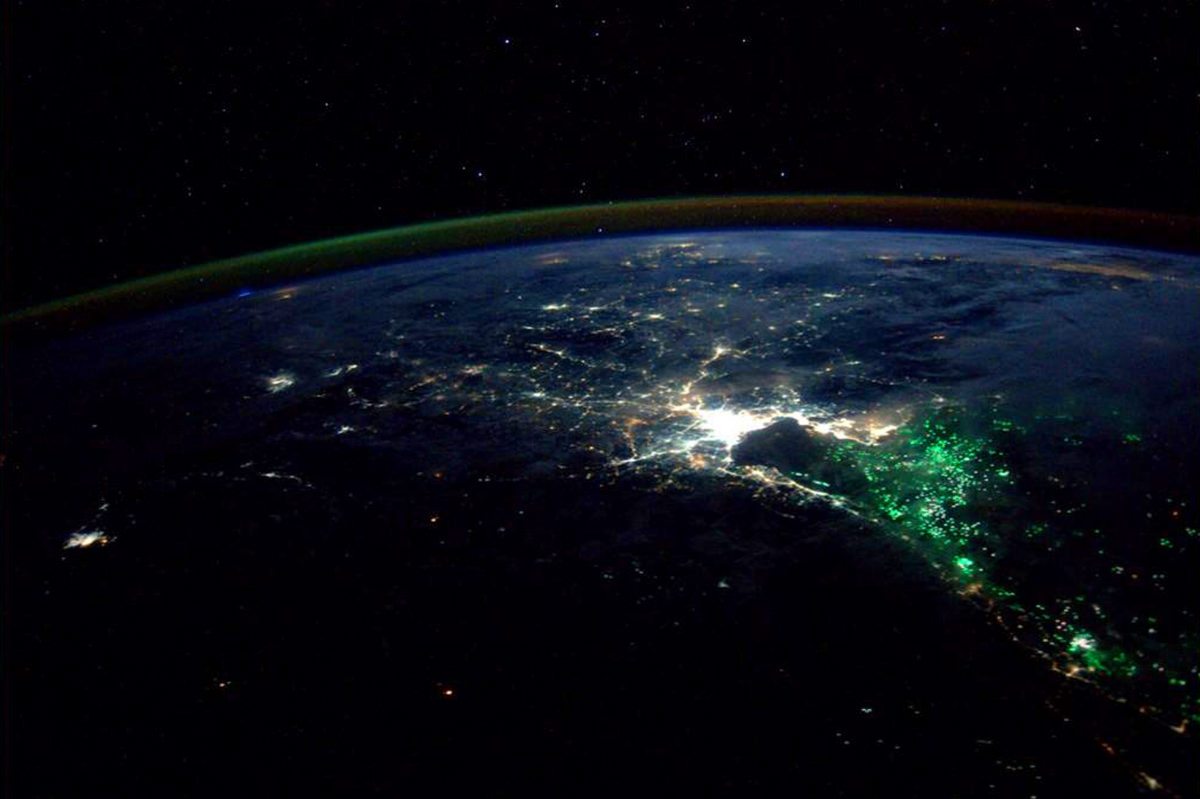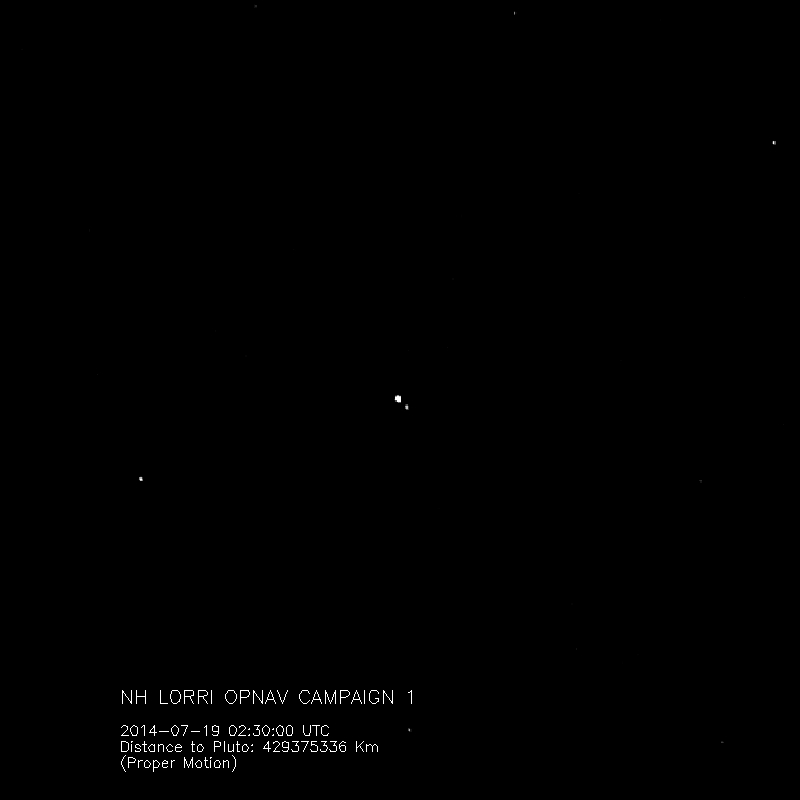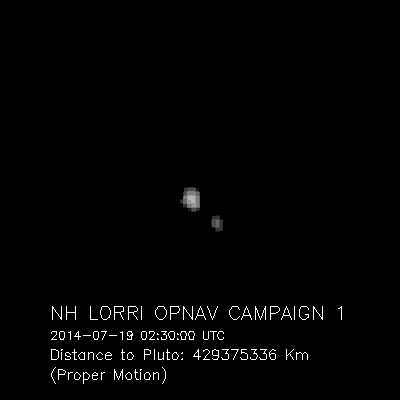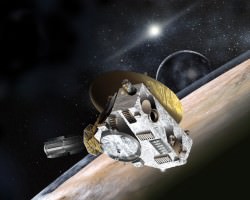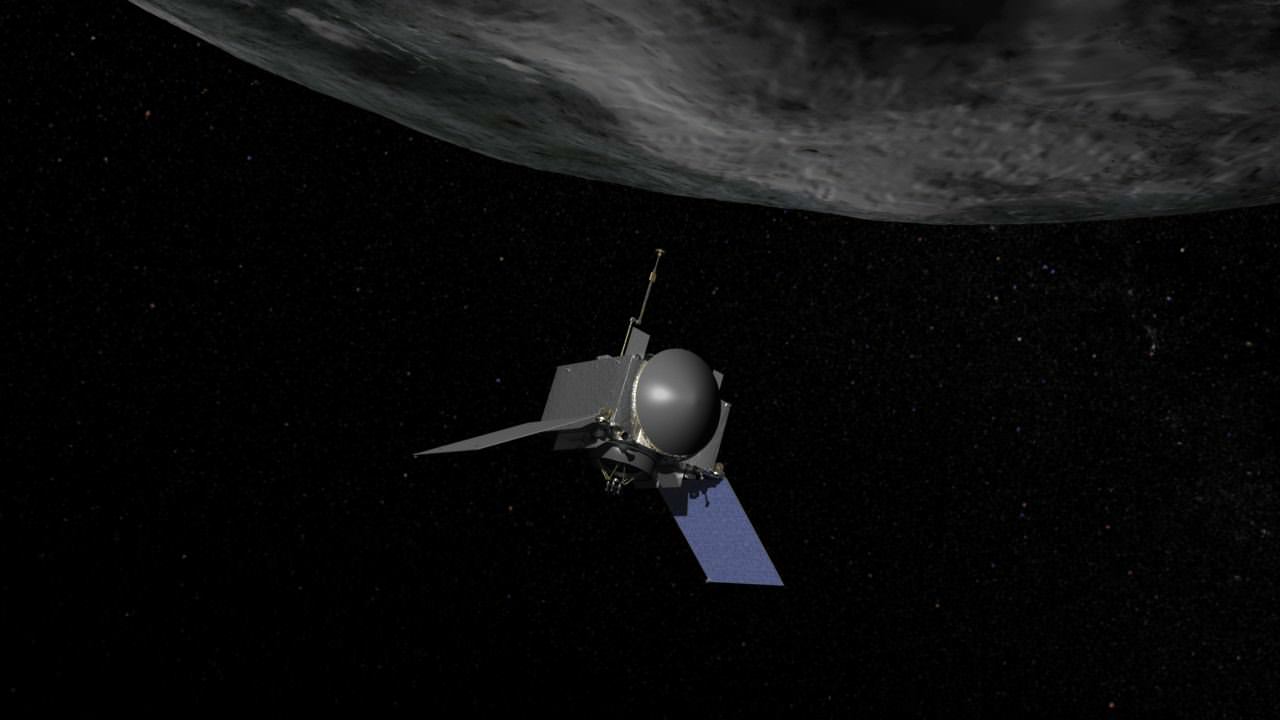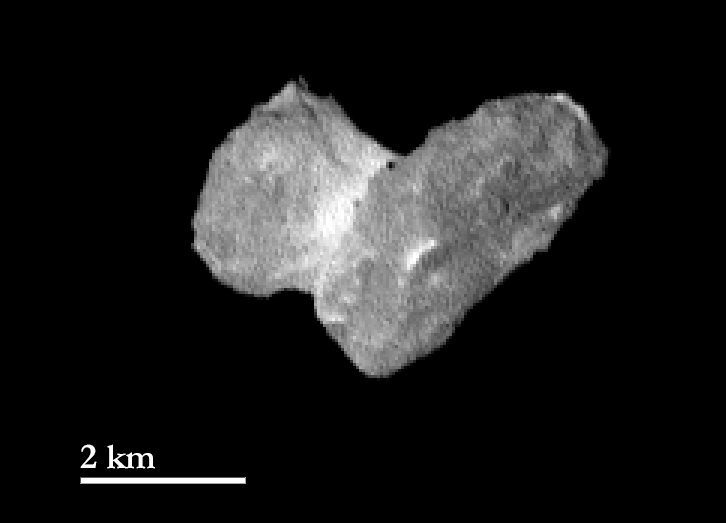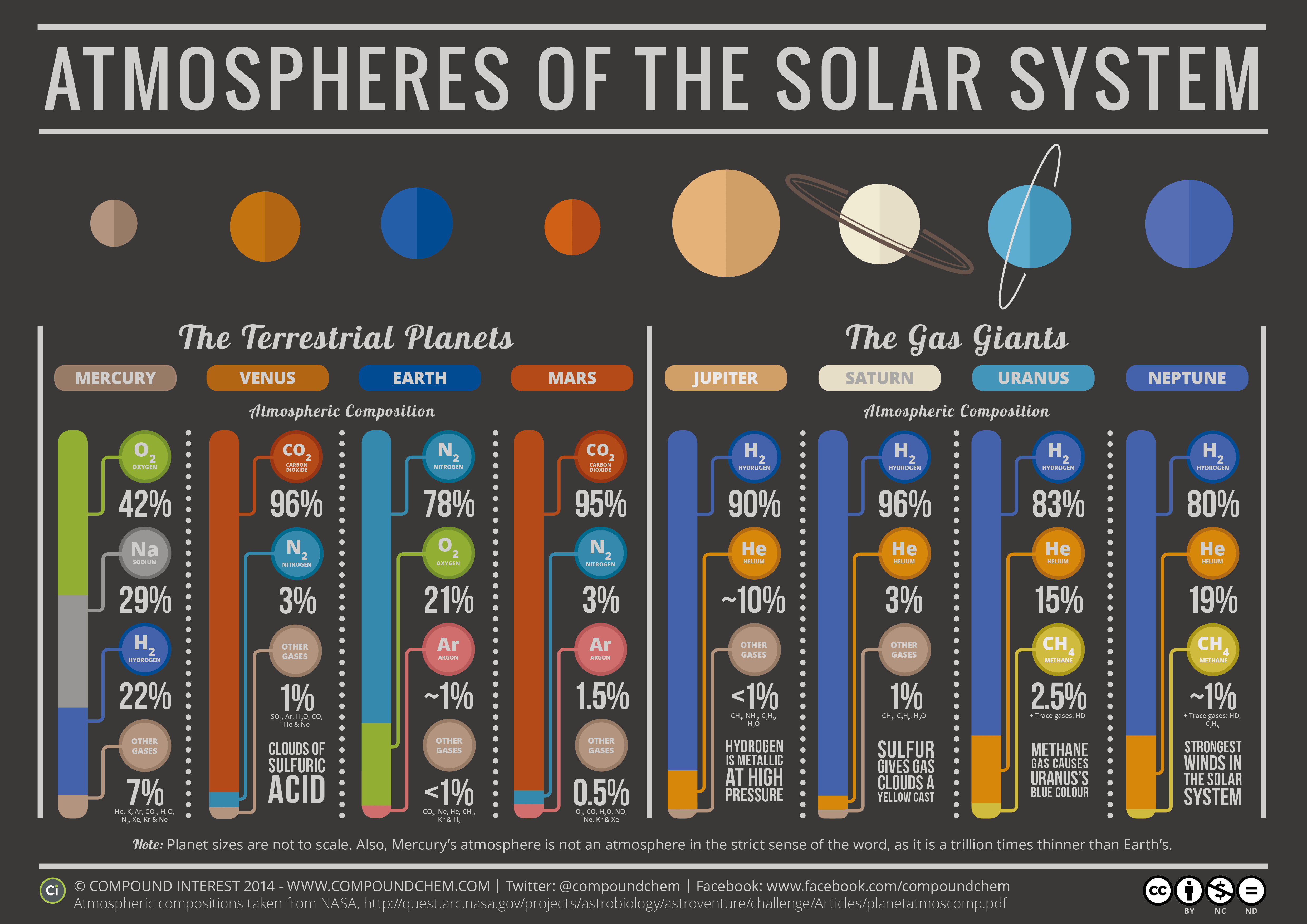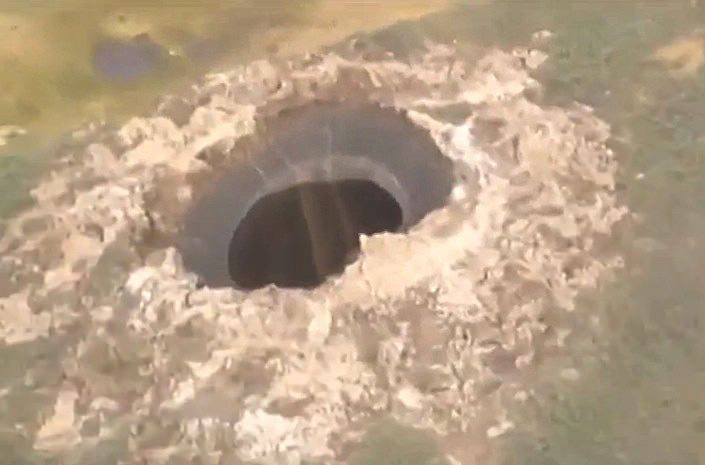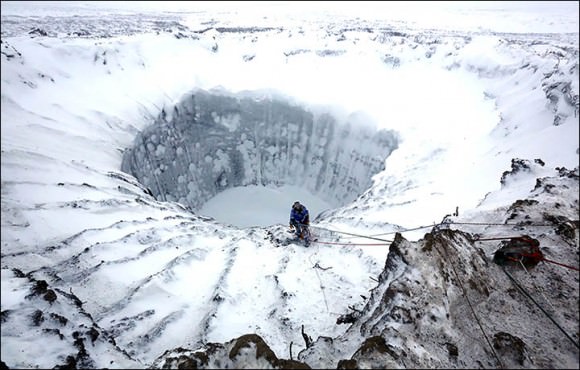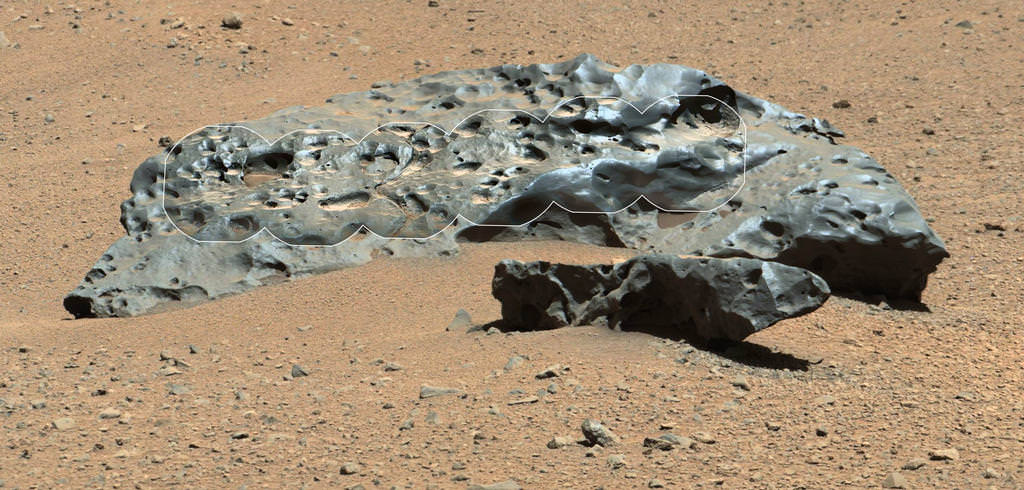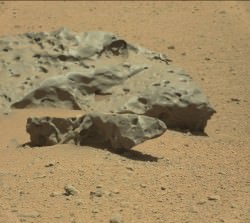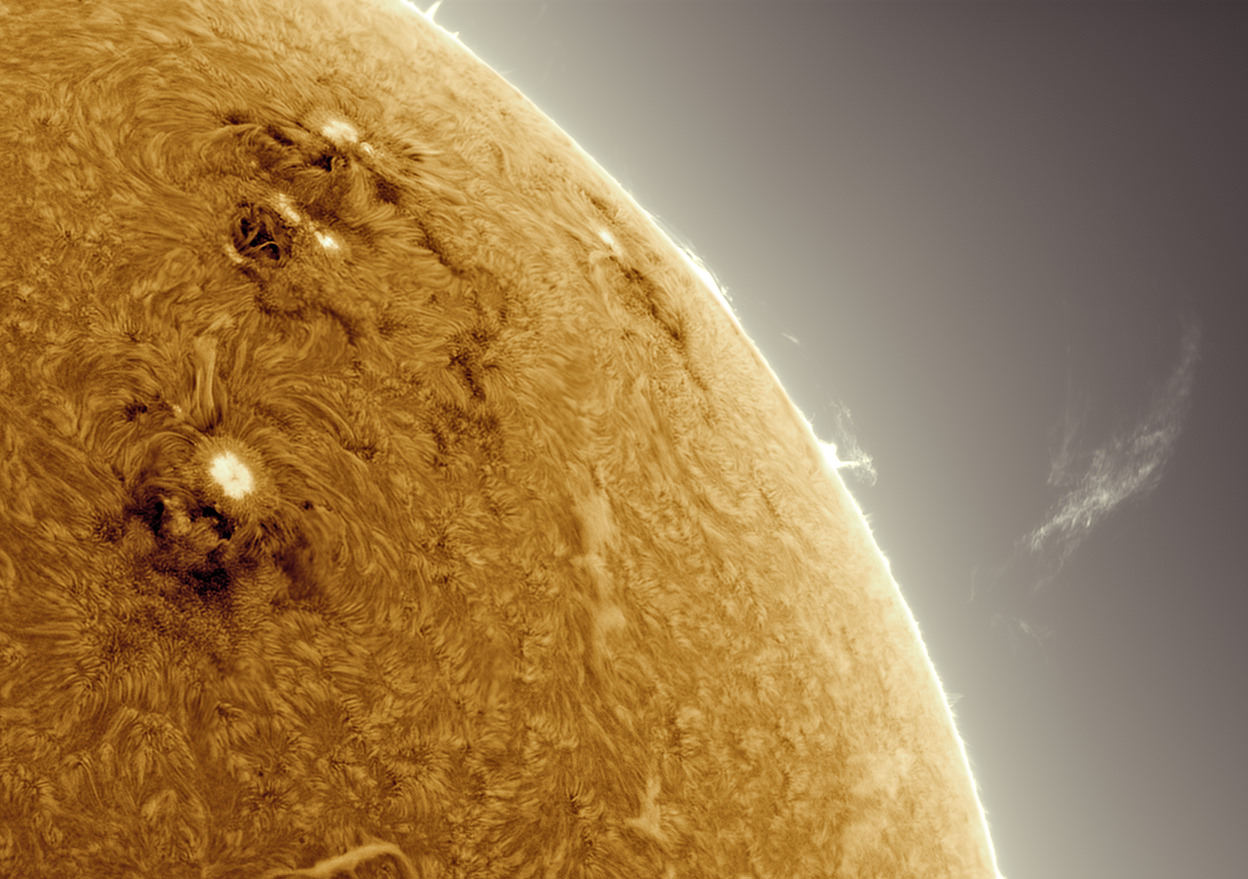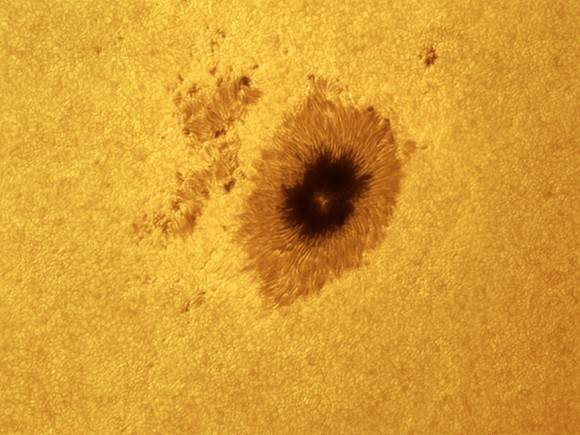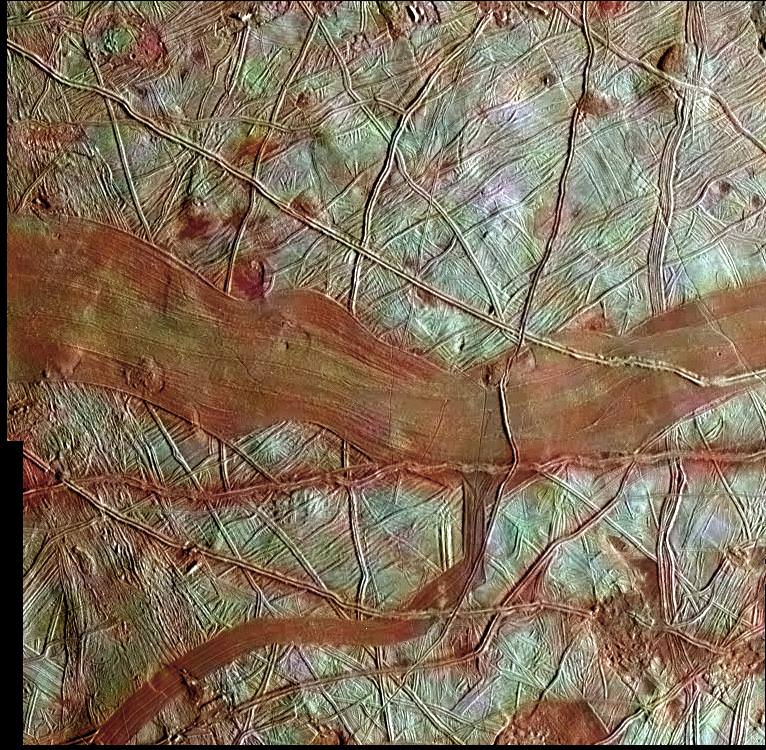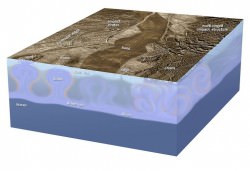“Bangkok is the bright city. The green lights outside the city? No idea…” This was the description accompanying the photo above, perplexingly Tweeted by Expedition 40/41 astronaut Reid Wiseman on Aug. 18, 2014. And while we’ve all seen fascinating photos of our planet shared by ISS crew members over the years this one is quite interesting, to say the least. Yes, there’s the bright illumination of Bangkok’s city lights, along with some stars, moonlit cloud cover extending northeast and the fine line of airglow over the horizon, but what are those acid-green blotches scattered throughout the darkness of the Gulf of Thailand? Bioluminescent algal blooms? Secret gamma-ray test labs? Underwater alien bases?
The answer, it turns out, actually is quite fishy.
The offshore illumination comes from fishing boats, which use enormous arrays of bright green LED lights to attract squid and plankton to the surface.
According to an an Oct. 2013 article on NASA’s Earth Observatory site by Michael Carlowicz, “…fishermen from South America and Southeastern Asia light up the ocean with powerful lamps that attract the plankton and fish species that the squid feed on. The squid follow their prey toward the surface, where they are easier for fishermen to catch with jigging lines. Squid boats can carry more than a hundred of these lamps, generating as much as 300 kilowatts of light per boat.”
Seen from orbit, the lights from squid fishing fleets rival the glow of the big cities! What might this look like from sea level? According to photos shared by one travel blogger in 2013, this.
Watch a video time-lapse from an ISS pass over the same region on Jan. 30, 2014.
A Twitter HT to Reid Wiseman and Peter Caltner for the photo and information on the cause, respectively.
Update 8/20/14: This article and image have been mentioned on NASA’s Earth Observatory site in a new post by Michael Carlowicz.

